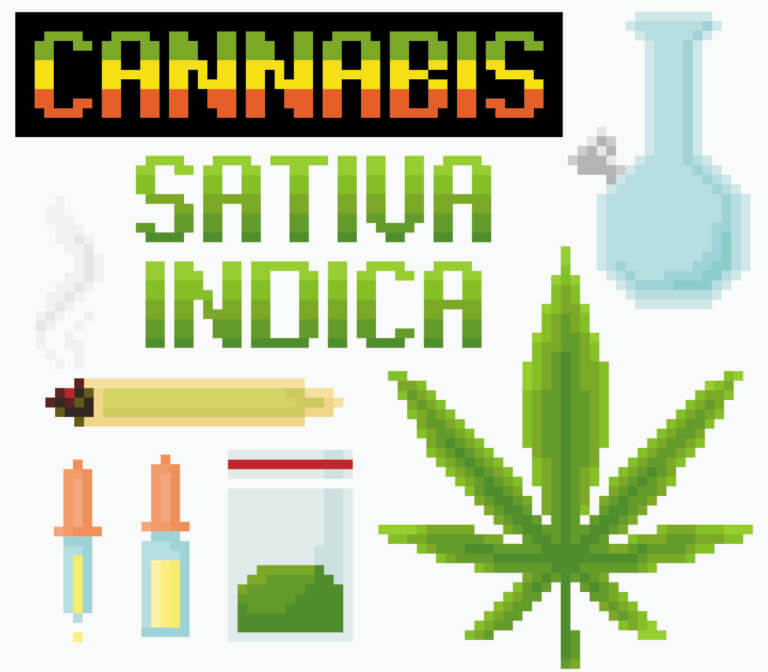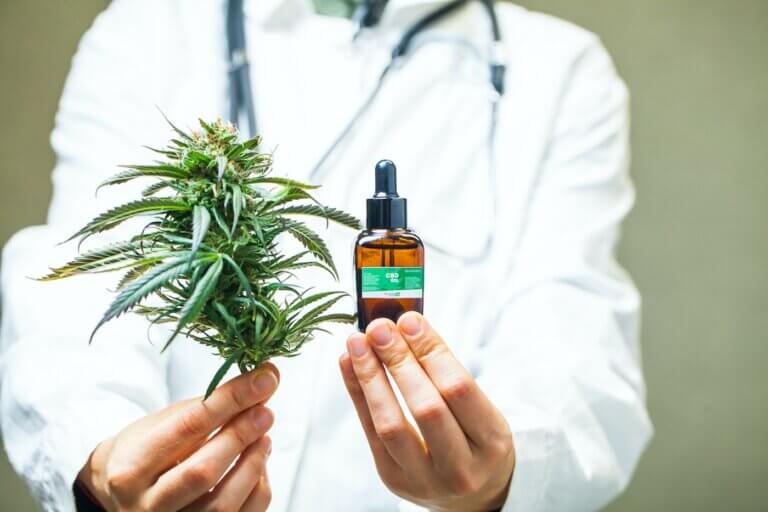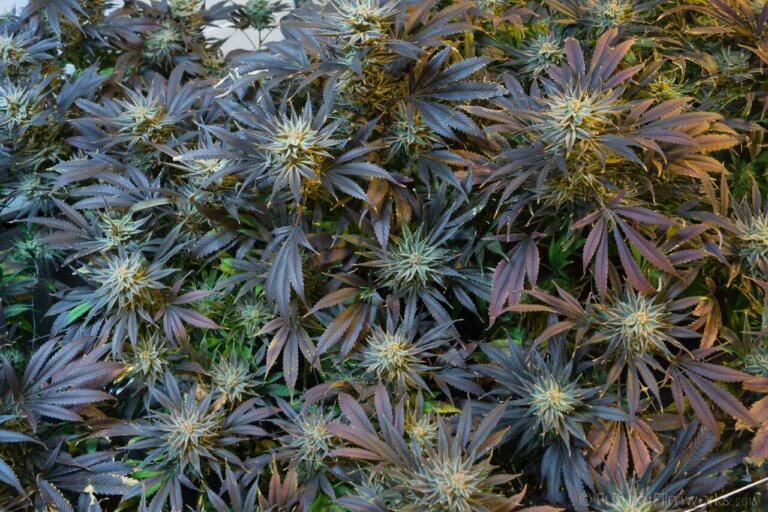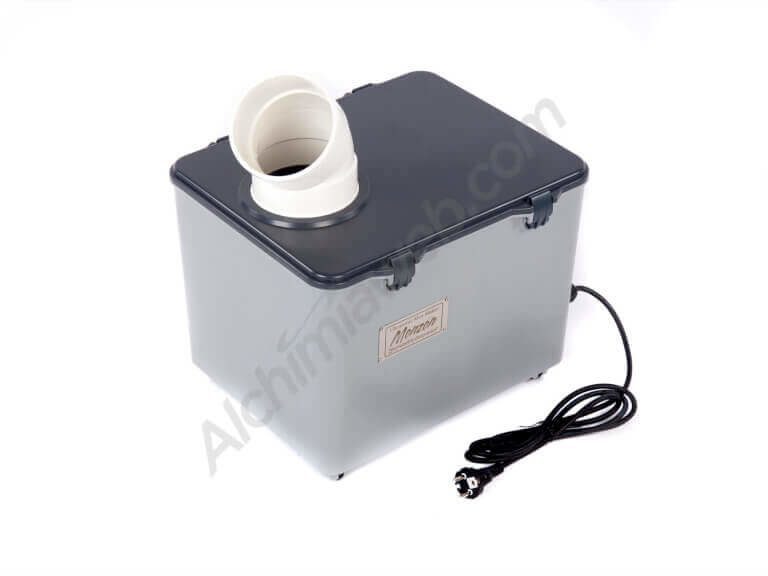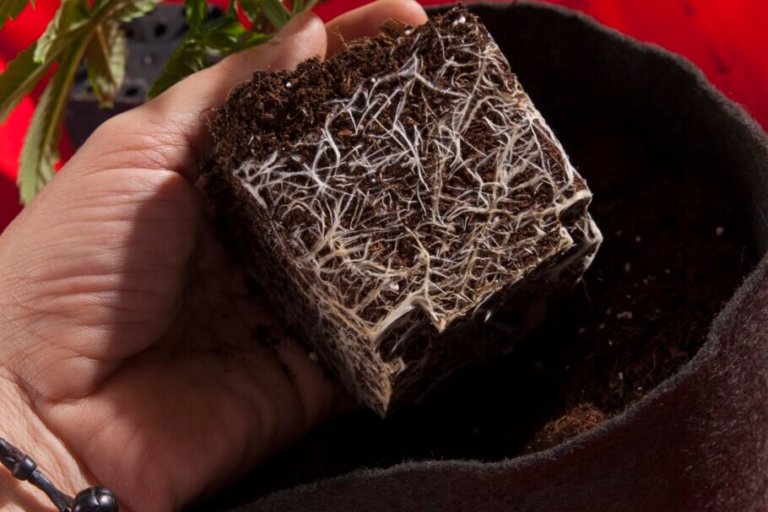Cannabis in space: An increasingly closer reality?
List of contents
- Let's start at the beginning: what is considered outer space?
- First plants grown in space
- Crops on the Moon...Are you kidding?
- NASA's policy regarding cannabis
- Will we ever see cannabis growing in space?
- Elon Musk and cannabis in space
- On top of all this... Does cannabis get you high in space?
- Hoaxes and curiosities
The idea of growing plants in space is probably as old as the idea of visiting this harsh environment. In fact, since the beginning of the space race, in the middle of the Cold War between the US and the USSR, scientists and engineers had in mind the idea of growing crops in spaceships with which the crew could feed themselves and, therefore, open the door to further space travel. However, Kennedy's bet to reach the Moon before the end of the 1960s meant setting aside many projects to focus on a single objective: that an American astronaut land on the moon before a Russian cosmonaut.
However, as you will see in this article, many trials have been carried out in recent decades in the field of growing vegetables in environments with microgravity, or what comes to the same thing, growing in space. From the first tests with control plants to the space lettuce salad eaten a few years ago by astronauts on the International Space Station, things have evolved a lot. They have even started experiments with cannabis...didn't you know? Keep reading...
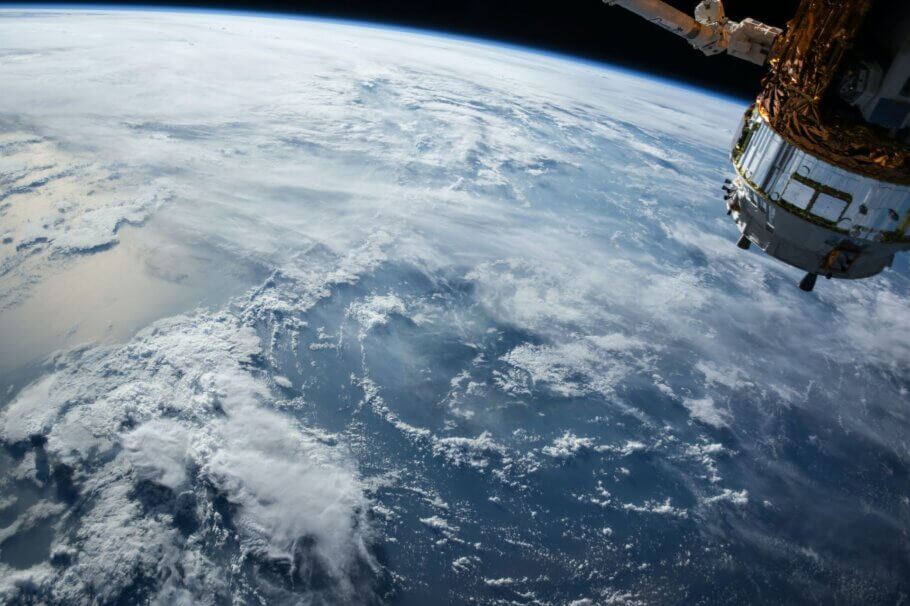
Let's start at the beginning: what is considered outer space?
If you've been following the news about space travel in recent years, you'll probably remember some controversy with a group of space tourists who were considered astronauts by some, while such "status" was denied by others. The main question was about the height of the flight, and that is that there is no single criterion to designate where outer space begins; Although for NASA it begins at 80km above sea level, for the International Aeronautical Federation it begins right on the so-called Kármán line, at 100km above sea level. Since the title of astronaut is only given to someone who has passed that point, controversy is served.
What does seem clear and in which there is unanimity is that, below 80km in height, a flight is still considered in terrestrial airspace and therefore could not be classified as space. As far as aeronautics is concerned, designing a ship for aerial flights within the Troposphere (10km high) has little to do with designing a spacecraft for outer space.
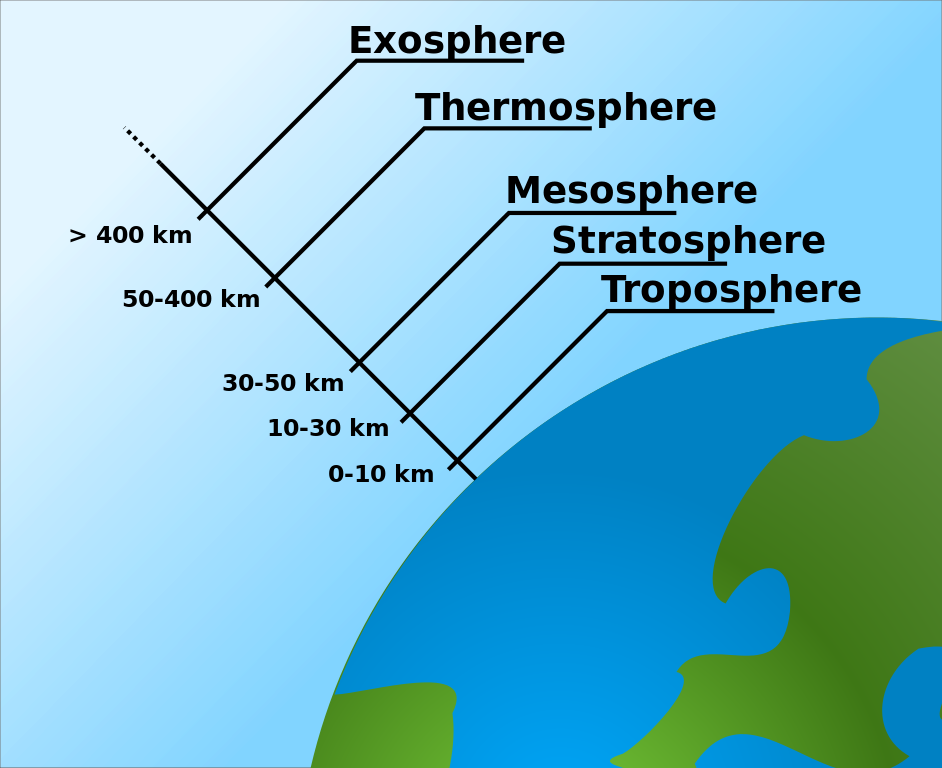
First plants grown in space
As we have mentioned, the idea of growing plants in spaceships is something basic if you intend to undertake space travel of considerable duration/distance. Of course, farming on other planets also seems like something indispensable if you have the idea of colonizing or terraforming other celestial bodies someday. This is something that was already clear in the 40s, before the start of the space race, and when the Americans launched into space (134 km high) in 1946 the first living organisms to reach such a height: seeds of plants that traveled inside a V2 rocket - a ballistic missile in fact - which were never recovered. However, on July 30 of the same year, the following seeds sent into space were recovered, in this case, corn. The objective of these first tests carried out between Harvard University and the Naval Research Laboratory was to evaluate the impact of radiation on plant tissues.
Years later, in 1966, the first seeds were germinated in space inside the Soviet ship Kosmos 110, and also with surprising results. While some of the seeds germinated poorly, others - like Chinese wild cabbage or lettuce - did even better than their control plants on Earth. If we talk about the first plant to flower and produce seeds in space, this merit belongs to Arabidopsis Thaliana, which did so during a mission by the Soviet spacecraft Salyut 7 in 1982.
The tests continued for decades on the MIR Space Station first and, later and currently, on the International Space Station (ISS). The next great milestone regarding cultivation in space came in 2015 when the members of Expedition 44 to the ISS consumed for the first time a vegetable grown in space, some red romaine lettuce leaves grown with the cultivation system developed by Orbital Technologies Corp. (ORBITEC) and called the Vegetable Production System, "Veggie" to folks. Today, and since 2017, Veggie coexists on the ISS with another new cultivation system that requires less intervention by the crew, the Advanced Plant Habitat, once again designed in collaboration between NASA and ORBITEC.
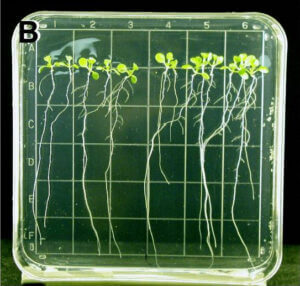
Crops on the Moon...Are you kidding?
Well no. What a few years ago might have seemed as utopian as a ride in a lunar rover for Jules Verne, is now a reality thanks to China's Lunar Exploration Program. Indeed, on January 3, 2019, the Chang'e 4 lander landed on the far side of the Moon, in the Von Kármán crater. Among many other instruments, it carried a valuable cargo inside: a small "biosphere" weighing 3 kilograms where seeds of various plants (tomatoes, lettuce, and our well-known Arabidopsis Thaliana) were housed, as well as Bombyx Mori eggs, which you surely know by their aliases, silkworms.
The idea? Worms and vegetables should establish a symbiosis within the cultivation system, where the worms provide carbon dioxide and the vegetables do the same with the valuable oxygen. The first cultivation on the Moon is already underway, and... who knows? If the worms reproduce, we could be facing the first case of extraterrestrial silkworms in history!
NASA's policy regarding cannabis
Unfortunately, and as you probably suspect, NASA's policy is not exactly cannabis-friendly, especially when it comes to having engineers and astronauts getting high with the newest weed in the USA. In fact, this policy dates back to the days of Ronald Reagan, a character who, as we saw in another article on this Blog, professed such hatred for the plant that he would not exactly be considered "Captain Cannabis" by the green community.
Cannabis in the 80s, the Dutch revolution
Although legally speaking, the 1980s did not represent a great advance in terms of the cannabis situation, socially and in terms of the sector, things were moving forward at a good pace. Thanks to legislation that was more weed-friendly than that of the United States, Amsterdam emerged as the world capital of the plant and the birthplace of the first seed banks that we still know today. In this article, we take a look at this interesting decade.
Since 1986, and thanks to an executive order signed by the aforementioned character, NASA is a completely drug-free workspace, in which its use among employees is strictly prohibited, whether during working hours or outside of them. In addition to a strict pre-employment screening for traces of substances such as cannabis, cocaine, or amphetamines (among others), astronauts undergo periodic and random drug testing to ensure compliance with federal law.
Although NASA has been carrying out cannabis tests for years due to the characteristics of the plant, it must be said that they are always hemp plants, with a negligible content of Tetrahydrocannabinol; At no time do you think that NASA intends to have coffee shops in outer space, or that it is going to let its astronauts enjoy a good joint of Kush watching the Earth from the Moon... can you imagine?
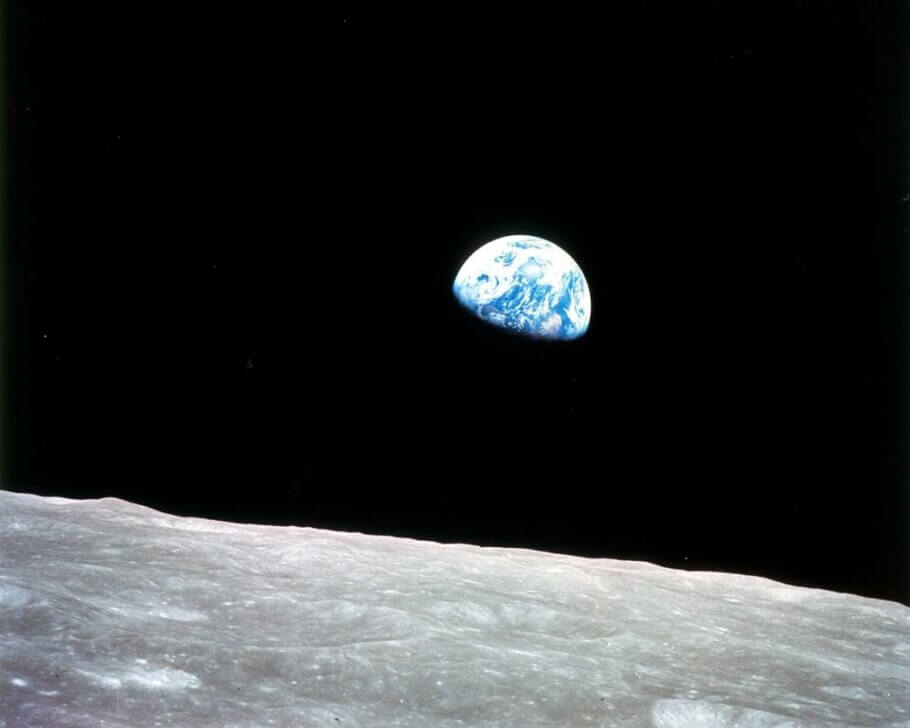
Will we ever see cannabis growing in space?
Although we already know NASA's opinion on high-THC cannabis, today the space "monopoly" no longer belongs to the American and Russian space agencies, as it did in the days of the Cold War. On the contrary, at present, there are many companies dedicated to space matters, from aerospace engineering or scientific research to the launch of satellites, nanosatellites, or capricious millionaires.
Within the field that interests us, we have, for example, the case of Chris Hadfield and the company BioHarvest, for which this retired astronaut of Canadian origin is a consultant. Well, it turns out that Mr. Hadfield - the protagonist of one of the biggest hoaxes regarding cannabis and space, as you will see later - and BioHarvest, specialized in the production of nutrients for astronauts and plant cell culture, would have been working on the idea of cannabis crops in space. To give you an idea, these people are capable of growing trichomes (trichomes, not plants) in bioreactors...simply astounding!
We have another example with the Space Tango company, which has two culture units called CubeLabs installed on the ISS. About the size of a microwave, microgravity cultivation experiments are carried out in these units, and one of the plants chosen for such trials is cannabis, although again cannabis with a low THC content. There is a lot of curiosity to see how the cannabis plant will develop in an environment without gravity, eliminating a large part of the sources of stress. Its main objective: to study the cultivation of fibers for use in the formulation of medical compounds.
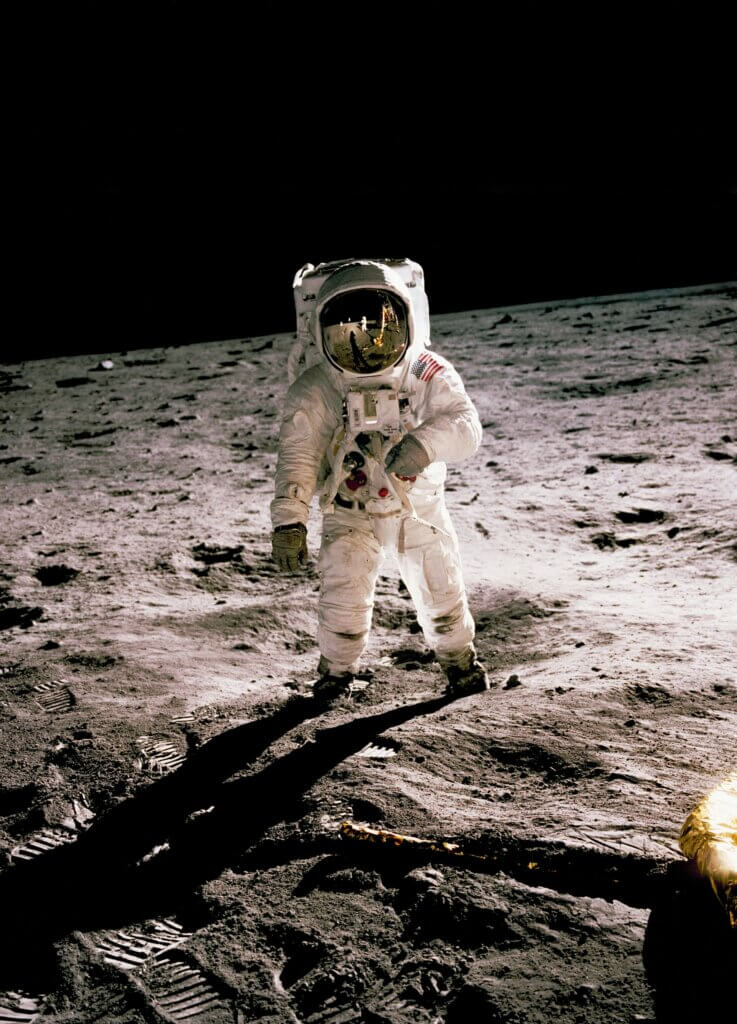
Elon Musk and cannabis in space
A truly controversial character, Elon Musk has recently been the protagonist, and for several reasons, of various news related to cannabis and space. Current partner of NASA and Front Range Biosciences, Musk founded the aerospace company SpaceX as early as 2002; Almost 20 years later, in March 2020, a SpaceX Dragon capsule docked with the ISS with some curious content: among the 3 tons of material transported to the Station, there were almost 500 hemp plant tissues from Front Range Biosciences that would be grown in zero gravity for 30 days before being returned to Earth.
Curiously, in 2018 Elon Musk (already a NASA partner) starred in an unforgettable moment when he smoked a joint on a podcast, something that his Space Agency partners did not like at all. In fact, NASA's director Jim Bridenstine made a statement "condemning" Musk's attitude in what, according to him, was not "the most appropriate image." However, this did not stop SpaceX and NASA from continuing to collaborate, although since that day you have not seen Elon Musk smoking cannabis in public again, that's for sure.
On top of all this... Does cannabis get you high in space?
While the question of whether or not cannabis gets you high into space may seem like a concern more for a stoner caught up in his daydreams than for scientists at agencies like NASA, it's no-nonsense. The thing is that like THC, other non-psychoactive cannabinoids with enormous medicinal potential such as CBD act in your body thanks to your body's endocannabinoid system, which is why, in effect, studies have been carried out on the impact of zero gravity conditions on cannabinoids and the endocannabinoid system, studies aimed at answering the big question: Does our endocannabinoid system work the same in these exceptional conditions? Will our body react in the same way?
What is the endocannabinoid system? (ECS)
Do you know what regulates hunger, sleep, menstrual pain and also libido in our bodies? The endocannabinoid system is responsible for the balance of all these functions on which our health and emotional well-being depend so much. In this article, we explain what it is, how it works and what to do to keep it healthy.
Well, according to a study published by Brain Structure & Function, the effects of cannabis could be inhibited in case of prolonged exposure to protons and radiation, as CB1 receptors are affected. This study, carried out among others by Stanford neuroscientist Ivan Soltesz, concludes that the cannabinoid neuroreceptors present in areas of the hippocampus did not function under these conditions. In other words...it may not be possible to get high on cannabis in space!
Hoaxes and curiosities
To write this article we have found several curious facts and some hoaxes that surfed the Net at the time. Here are some of them:
SeedHub
On June 1, 2013, and for the first time, a joint, several buds and a marijuana plant traveled into space thanks to a balloon such as those used for meteorological measurements. Those responsible for such a feat were SeedHub, who managed to get their "package" to reach a height of 29km above sea level. Not bad for a project carried out by amateurs!
Herban Planet
After a few years (2017), it was the Herban Planet company, together with its partners from Sent Into Space, who managed to send half a kilo of buds 35km high, buds that were later sold exclusively in a dispensary in Arizona. What we don't know is at what price...
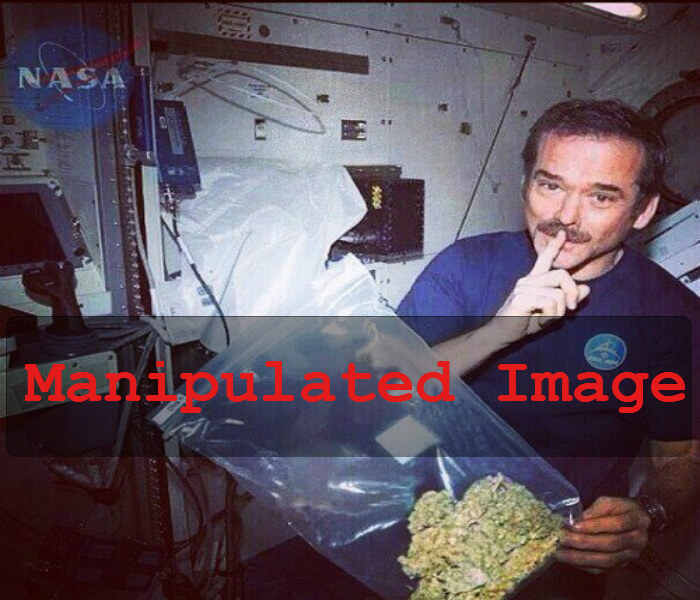
Chris Hadfield with weed on the ISS?
Perhaps you have seen a photo of an ISS astronaut holding a bag full of buds around...it was a hoax, a fake, bullshit! What the bag Chris Hadfield was holding actually contained were Easter eggs for the ship's crew.
THC in meteorite fragments
We hardly need to tell you...it's about another fake that circulated years ago on the web, according to which THC was found in a meteorite that crashed into the Nevada desert in 2010.
Planet Weed
We go back to 2015 when NASA astronomers reported a unique discovery thanks to the Kepler space telescope: Planet X637Z-43 had been found, which appeared completely covered with marijuana plants. Of course, it was another hoax but...did anyone really believe it?
-------------------------
References:
- Hardware validation of the Advanced Plant Habitat on ISS: Canopy photosynthesis in reduced gravity. Monje OA, Richards JT, Carver JA, Dimapilis DI, Levine HG, Dufour NF, Onate BG
- Neurophysiology of space travel: energetic solar particles cause cell type-specific plasticity of neurotransmission. Sang-Hun Lee, Barna Dudok, Vipan K. Parihar, Kwang-Mook Jung, Miklós Zöldi, Young-Jin Kang, Mattia Maroso, Allyson L. Alexander, Gregory A. Nelson, Daniele Piomelli, István Katona, Charles L. Limoli & Ivan Soltesz
- Plants Grown in Space, astrobotany.com
- Meals Ready to Eat, nasa.gov
- Plants in Space, Flint Wild

















































